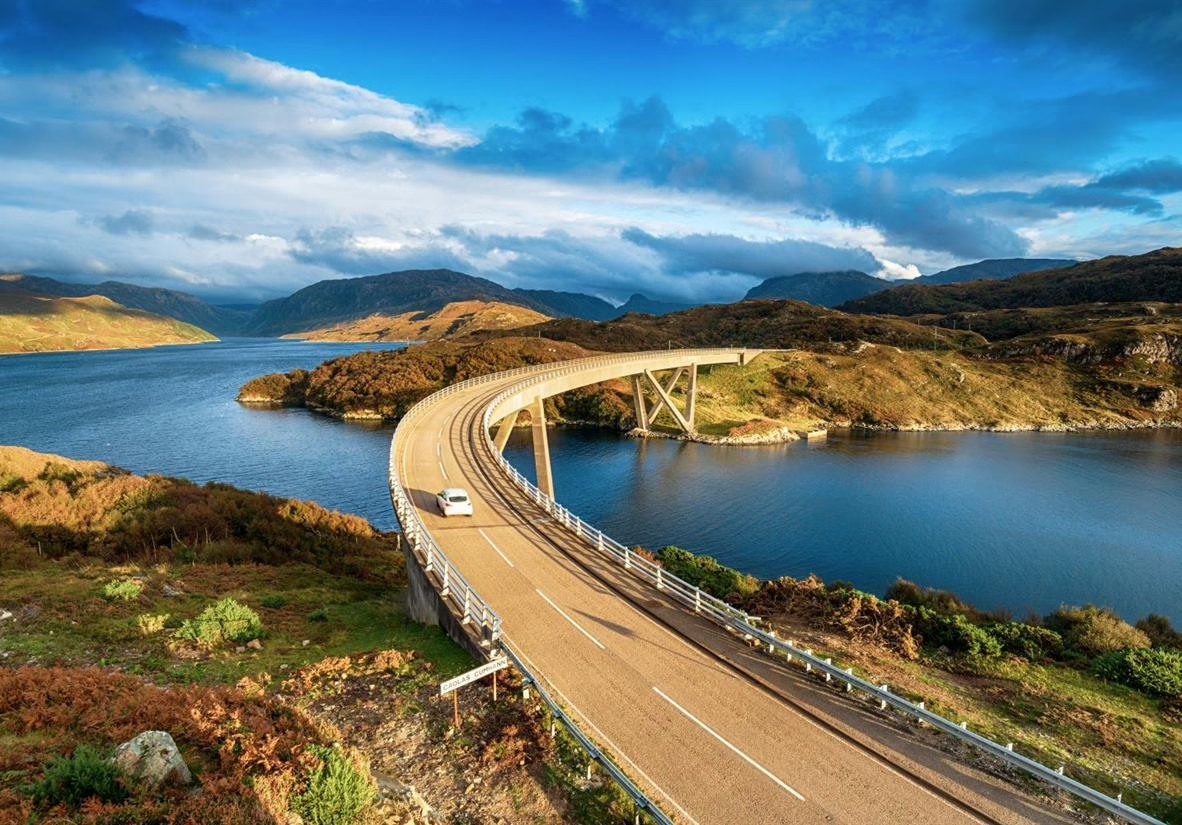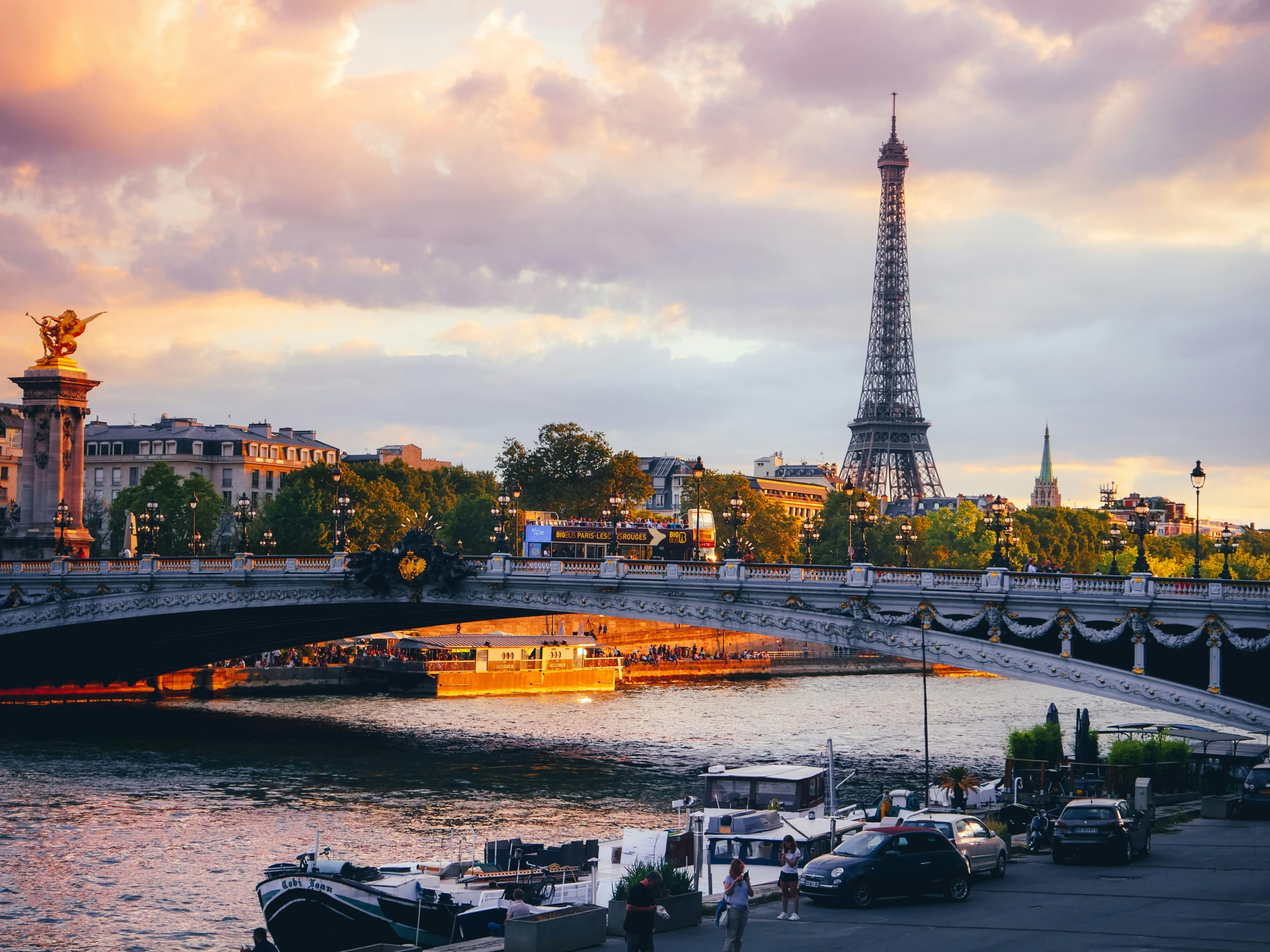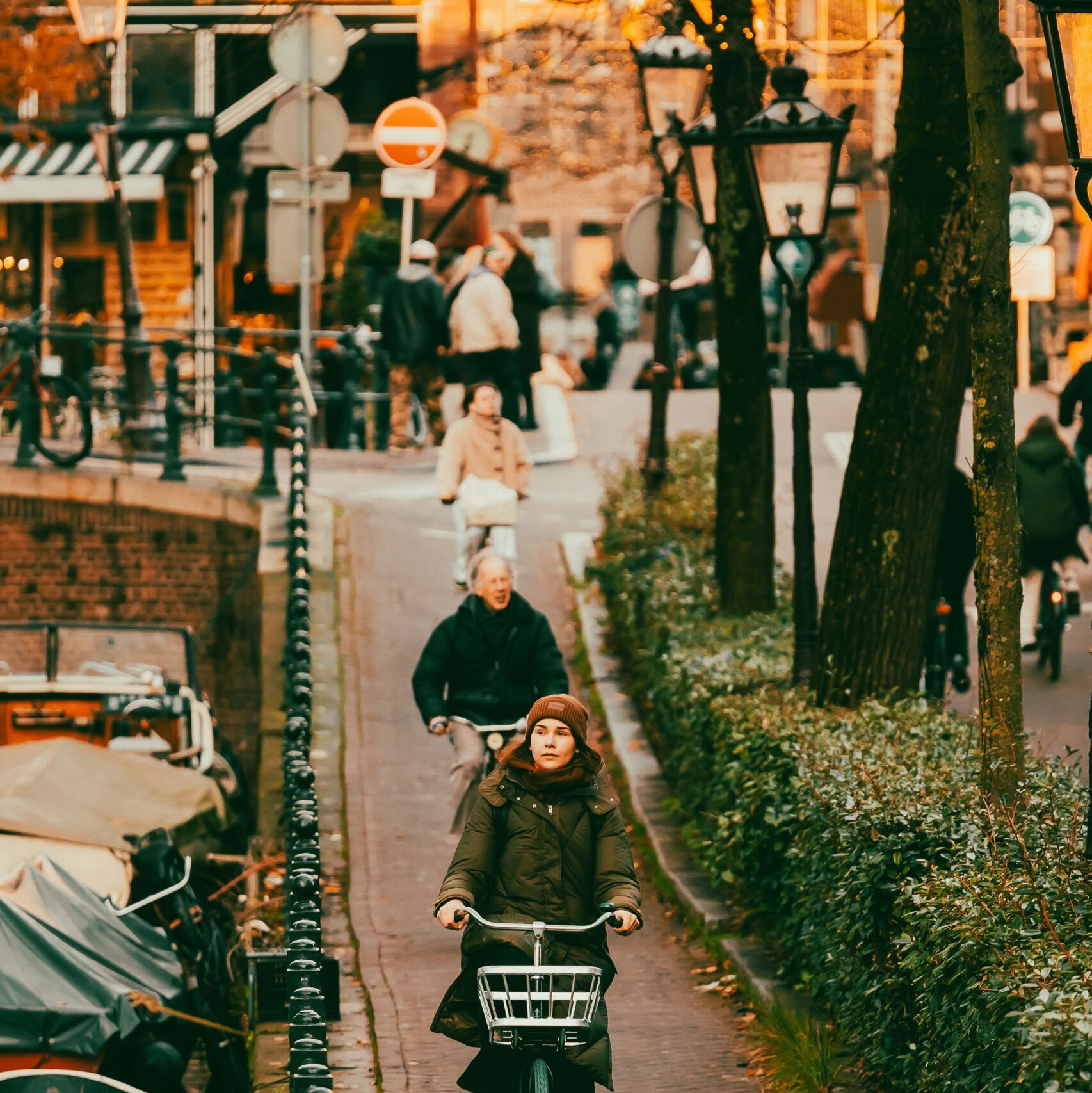Introduction
Road-tripping alone lets you set the pace, follow curiosity, and reset in ways group travel rarely allows. In 2025, solo road journeys remain one of the most popular ways to travel: they were boosted by improved infrastructure (EV charging networks and better mobile coverage), mainstream safety tech (satellite communicators, offline maps), and growing awareness about how to plan responsibly.
1) Iceland — The Ring Road (Route 1)
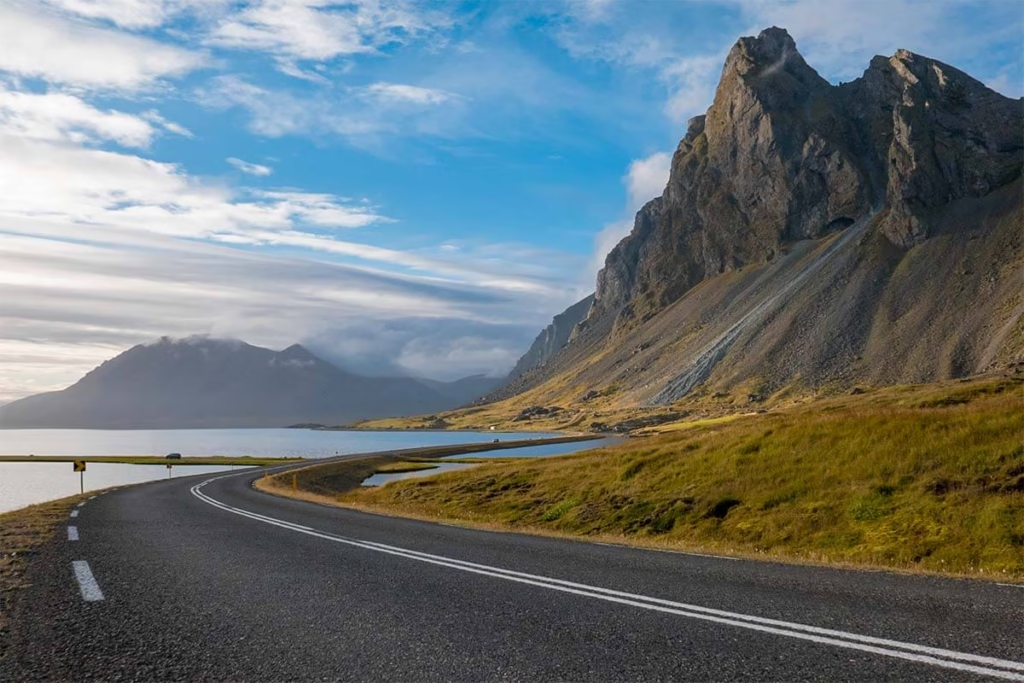
Iceland is consistently ranked among the safest countries for solo travel, featuring very low violent crime, English widely spoken, and a well-marked single main ring road that makes self-driving straightforward. The Ring Road encircles the island, delivering dramatic waterfalls, black-sand beaches, glaciers, and geothermal zones.
The best time to visit is from mid-June to mid-September, when travelers can enjoy maximum daylight and easier road accessibility. For those who prefer fewer crowds, the shoulder seasons in May and late September provide a quieter experience, although the weather during these months tends to be more unpredictable and changeable.
2) Japan — Hokkaido Coastal & Furano Loop

Japan is among the world’s safest countries by crime metrics, and Hokkaido offers wide roads, excellent signage, abundant services, and dramatic landscapes — especially in summer with flower fields and coastal drives. English signage has expanded through 2024–25, and transport services remain reliable.
The best time to take this road trip is between June and September, when spring flowers, lush greenery, and mild weather make driving conditions ideal. During these months, the days are longer, the roads are easier to navigate, and the scenery is at its most colorful. Winter, on the other hand, transforms the landscape into a breathtaking snowy wonderland. However, it also brings icy roads and heavy snowfall, which means that only those with advanced winter-driving experience should consider attempting the trip during that season.
3) New Zealand — South Island Loop (Christchurch ↔ Queenstown ↔ West Coast)

New Zealand ranks high for safety and traveler services. The South Island is scenic with designated scenic drives, frequent lodging, and short distances between towns. Solo drivers can enjoy reliable roads and a culture attuned to independent outdoor travel.
The best time to go is between November and April, when the weather is generally warmer and drier, making road conditions more favorable. Travelers who prefer fewer crowds may opt for the shoulder seasons, although it is important to note that the weather can be more unpredictable during these periods.
4) Canada — Icefields Parkway & the Canadian Rockies (Alberta)
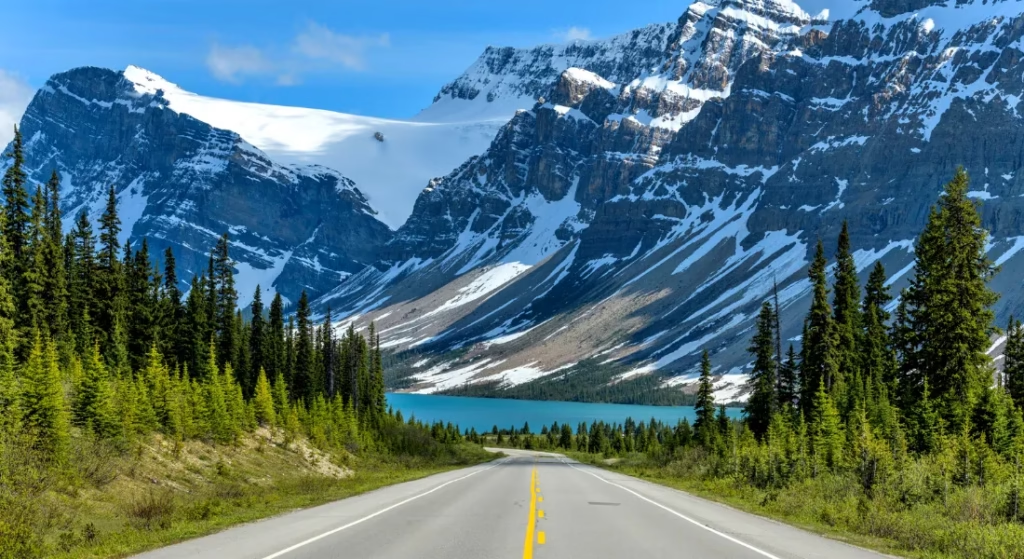
Canada offers robust traveler infrastructure, low crime in tourist routes, and spectacular mountain scenery. The Icefields Parkway (Highway 93 between Lake Louise and Jasper) is a classic: well-maintained, scenic pullouts, and ranger services in national parks.
The best time to go is from late May to September when the roads are generally snow-free and conditions are safer for driving. Early autumn is also an excellent choice, as it offers stunning foliage, fewer crowds, and a more relaxed travel experience without sacrificing the scenic beauty of the route.
5) Scotland — North Coast 500 (NC500)
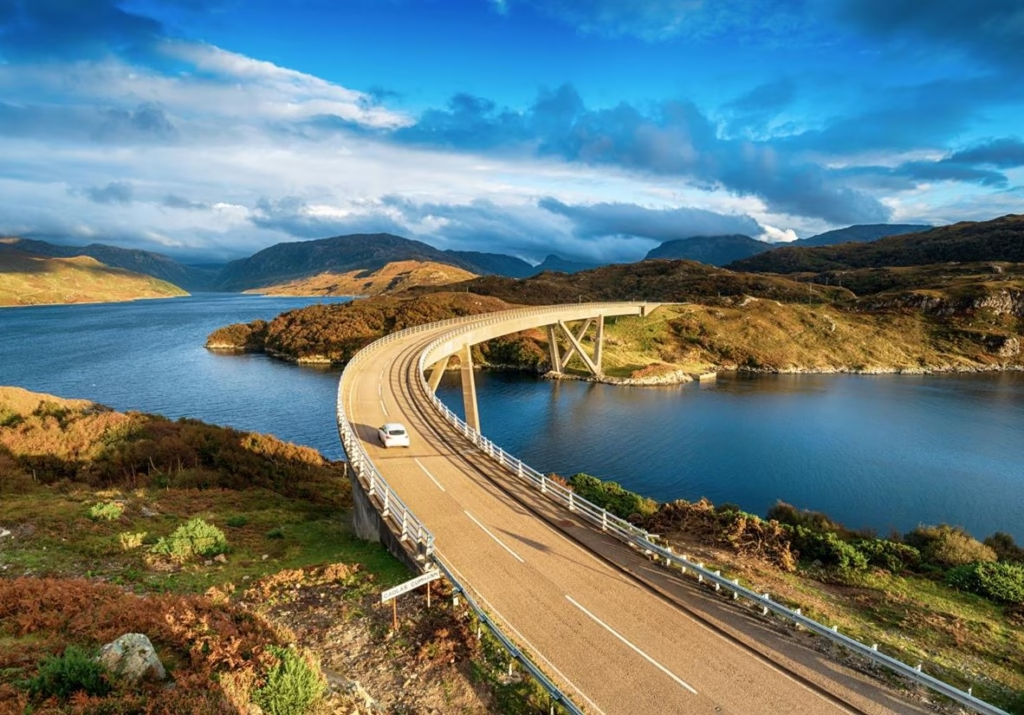
The NC500 showcases dramatic highland coastlines, castles, and small-town hospitality. Scotland’s safety profile is favorable for solo travelers; however, the NC500 is famous for single-track roads, so the driving style must be cautious and courteous. Recent coverage shows growth in visitor numbers — so plan for parking and respect local residents.
The best time to go is between May and September, when the weather is at its finest and daylight hours are long, allowing for extended exploration. Summer provides the most reliable conditions, while late spring offers a quieter atmosphere with fewer crowds, making it ideal for travelers who prefer a more peaceful experience.
6) Portugal — Algarve to Alentejo Coastal Drive
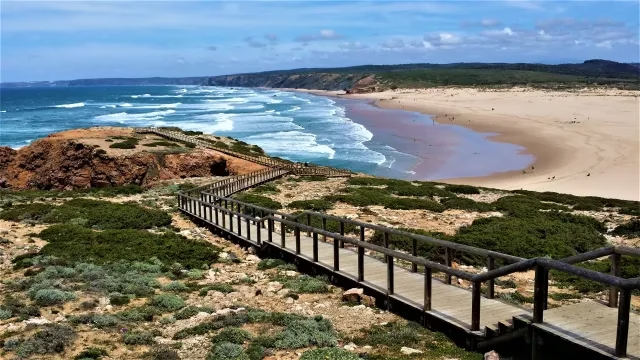
Portugal is widely recommended as a friendly, safe country for solo travelers; it offers great coastal roads, short driving distances, and excellent infrastructure (healthcare, tourist information). The Algarve’s coastal cliffs and Alentejo’s quiet beaches are ideal for relaxed solo exploration.
The best time to take this road trip is between April and June or from September to October. During these months, travelers can enjoy warm weather, pleasant driving conditions, and fewer crowds compared to the peak summer season. This timing also allows solo travelers to experience the beauty of the destination without the stress of heavy traffic or overcrowded attractions, making the journey safer and more enjoyable.
7) USA — Utah Scenic Byways (Highway 12 & Surrounds)
Utah’s national parks region (Bryce Canyon, Capitol Reef, Grand Staircase–Escalante) contains relatively short driving distances between well-developed services and many safety resources. Roads such as Highway 12 (a National Scenic Byway) are maintained and offer pullouts, lodging, and a well-defined visitor network. For solo travelers who enjoy national-park infrastructure and short hikes, this is ideal.
The best time to take this road trip is between April and June or from September to October. These months offer the most comfortable conditions, allowing travelers to avoid the extreme heat of mid-summer and the potential challenges brought on by winter snow.
8) Australia — Great Ocean Road (Victoria)
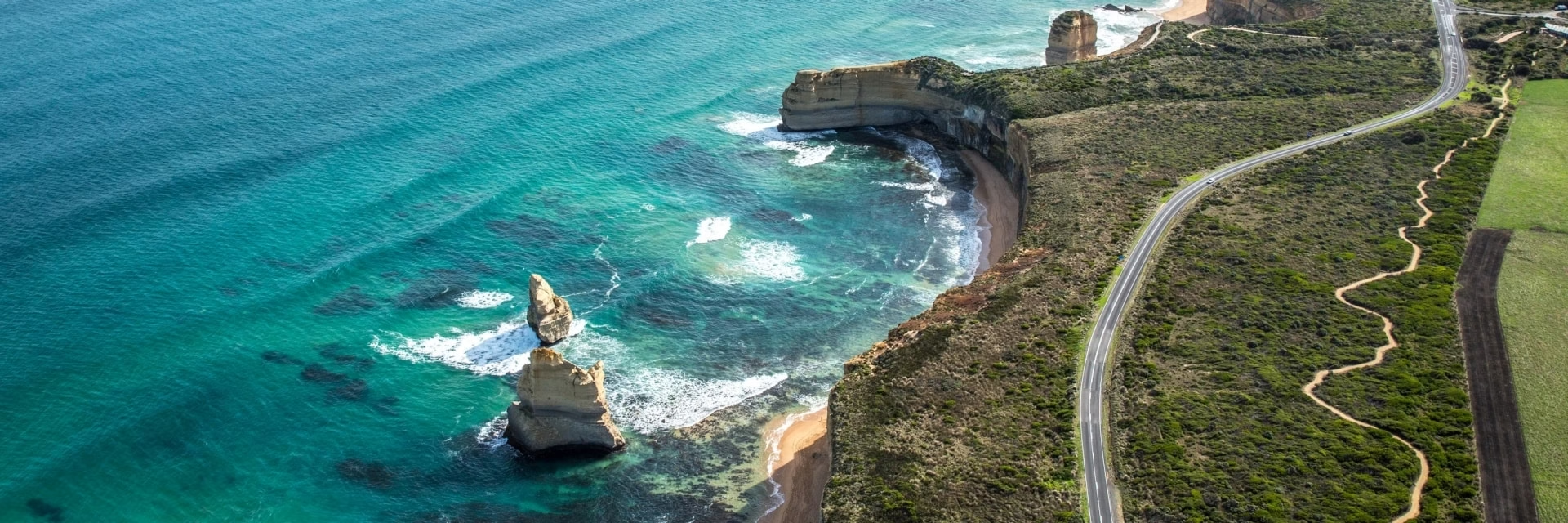
The Great Ocean Road is one of the world’s most famous coastal drives with short daily distances, lovely towns, and strong traveler infrastructure. Australia generally provides good services and emergency response in populated areas. Solo travelers find this route manageable and scenic without extreme remoteness.
The best time to take this road trip is between April and June or from September to October. These months offer the most comfortable conditions, allowing travelers to avoid the extreme heat of mid-summer and the potential challenges brought on by winter snow.
9) Ireland — Wild Atlantic Way (Selected Sections)
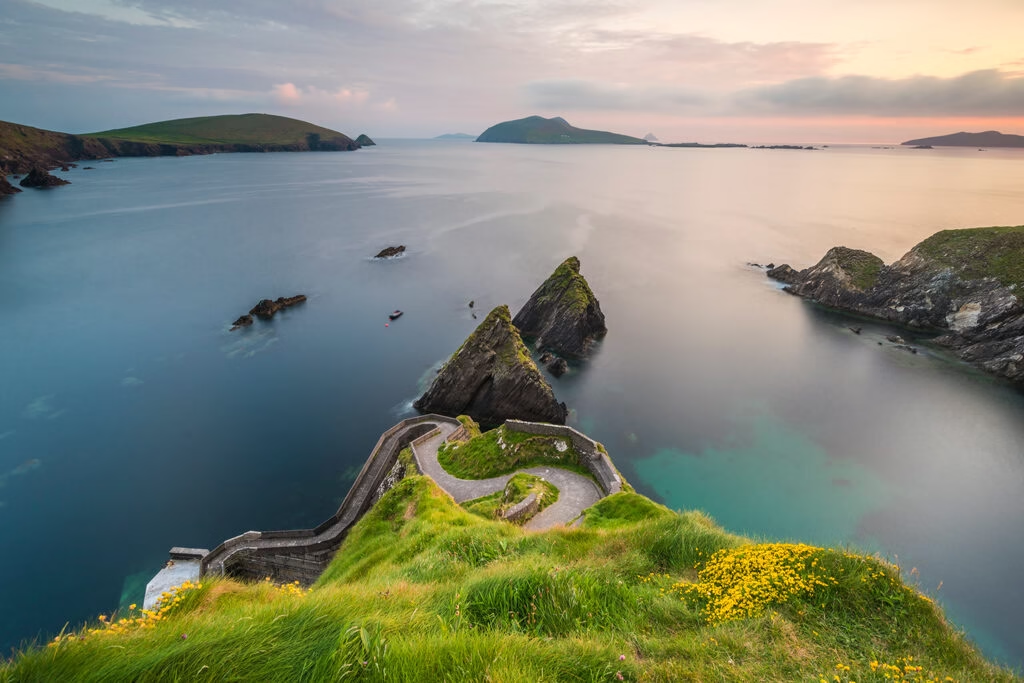
Ireland is commonly ranked as traveler-friendly and safe for solo visitors, with lively small towns, reliable hospitality, and well-signed drives. Instead of attempting the full 1,500-mile route, solo travelers can pick manageable sections like County Clare and Connemara for great scenery with lots of stops.
The best time to go is between May and September when the weather is milder and conditions are generally more favorable for travel. During these months, visitors can enjoy longer daylight hours and more comfortable driving conditions. For those who prefer fewer crowds, the spring shoulder months offer a quieter experience, though travelers should be prepared for occasional shifts in weather.
10) Alaska (USA) — Kenai Peninsula & Seward Highway Loop
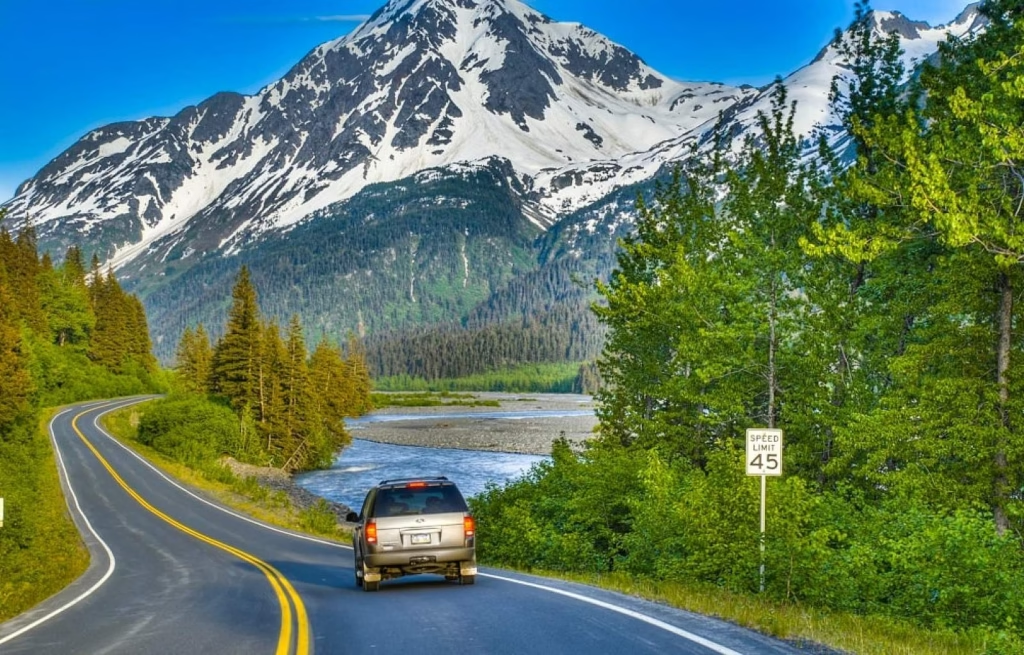
Alaska offers unmatched wilderness with accessible scenic drives that are safe when properly prepared. The Seward Highway (between Anchorage and Seward) and Kenai Peninsula roads are well-maintained and offer lodges, ranger services, and predictable ferry/boat options for wildlife and glacier trips. For solo travelers comfortable with remote landscapes (and who plan accordingly), Alaska is an unforgettable option.
The best time to go is between June and August, when the weather is at its most favorable and daylight hours are long, giving travelers more time to enjoy the journey and explore safely.
Closing Notes
Solo road trips differ widely—from the very remote and wild (Iceland’s Westfjords, Alaska) to well-served coastal drives (Portugal, Great Ocean Road). The safest option is the one that matches your driving experience, comfort with solitude, and willingness to prepare for weather and wildlife. In 2025, improvements in safety tech and mapping, plus expanded traveler services in many top destinations, make solo driving more accessible than ever — but preparation remains the single most important factor.
Read more trending TRAVEL NEWS.
![]()
